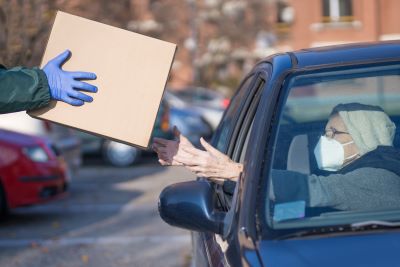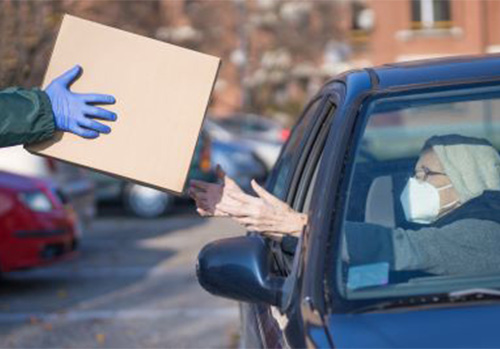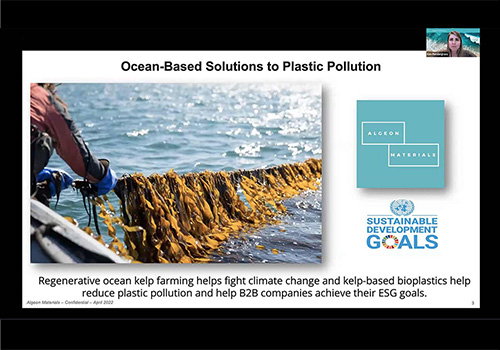
Human services charities — organizations that help mitigate the effects of the pandemic — benefited the most from increases in generosity during the study period from March to August of 2020. These charities feed the hungry, shelter homeless, or care for the elderly or young children. Credit: aerogondo/iStock
Charitable giving increased in counties that experienced COVID-19-related deaths, reveals a new study from the University of California San Diego’s Rady School of Management published in Nature’s Scientific Reports.
The findings reveal that during the study period from March to August of 2020, charitable giving increased in 78 percent of counties that experienced greater threat from COVID-19. Human services charities—organizations that help mitigate the effects of the pandemic—benefited the most from increases in generosity. These charities feed the hungry, shelter homeless, or care for the elderly or young children.
“While giving increased overall in areas affected by COVID-19, we also did not see decreases in donations to any charity categories, such as education or environmental issues,” said lead author Ariel Fridman, a Ph.D. candidate in behavioral marketing at the Rady School. “This is surprising given that a record-high majority of Americans reported a worsening financial situation during the same time. This contradicts some prior work suggesting that when people experience such financial scarcity, they act out of their own self-interest to acquire financial wealth. For example, there was a decline in charitable giving during the 2008 financial crisis.”
Fridman and co-authors Rachel Gershon, assistant professor of marketing at the Rady School and Ayelet Gneezy, the Carol Lazier and Family Endowed Chair in Social Innovation and Impact also at the Rady School, embarked on the study to gauge if individuals would act in more self-serving ways during the crisis because in the early days of the pandemic, behavior inconsiderate of others was evident with people hoarding toilet paper, masks, disinfectants and other supplies.
“Amidst the uncertainty, fear, and tragedy of the pandemic, we find a silver lining: people became more financially generous toward others in the presence of the COVID-19 threat,” write the authors. “This work adds to our understanding of human behavior during times of crisis.”
The authors analyzed donations data from Charity Navigator spanning July 2016 to December 2020. They found that from March to December 2020, giving in counties where COVID-19 deaths occurred increased by about 30 percent. They used an additional dataset from fieldwork they conducted which measured giving behavior of 1,000 members of the public that were broadly representative of the U.S. population. From March to August 2020, these participants played an economics game via Amazon’s Mechanical Turk which assessed their generosity on a monthly basis.
The researchers compared the two charitable giving datasets to a measure of threat from the novel coronavirus based on new, daily COVID-19 deaths per million in U.S. counties using data from Johns Hopkins. The findings consistently revealed increased generosity in areas where COVID-19 deaths occurred.
“Individuals may have been motivated to give more as a result of increased feelings of sympathy,” the authors write. “They also could have had a desire to regain a sense of agency while they were in a situation where they felt they had little control. Or it could be that people were faced with their own mortality more because unfortunately, the pandemic made death more salient. Donors may have also given to experience positive emotions (e.g., warm glow) during a stressful period.”
The data from Charity Navigator also revealed individuals donated to honor those who passed away during the pandemic, or were otherwise affected. It shows that the proportion of donations made “in memory of” someone was significantly greater in 2020 than every prior year.
They conclude, “Our findings have significant societal implications and advance our understanding of economic and psychological theories of social preferences in times of crises.”



